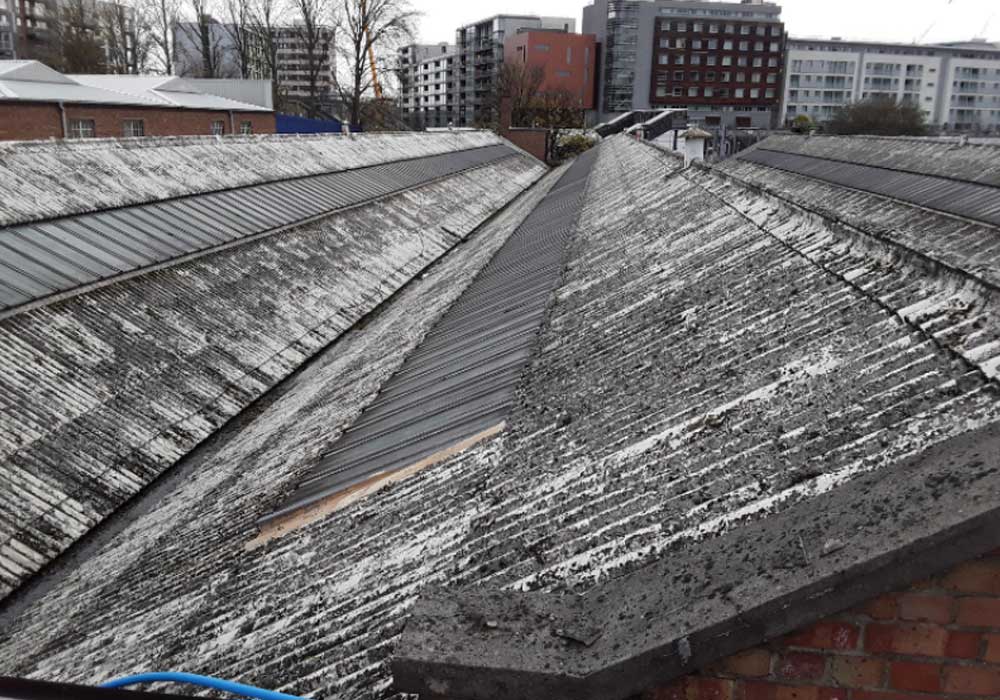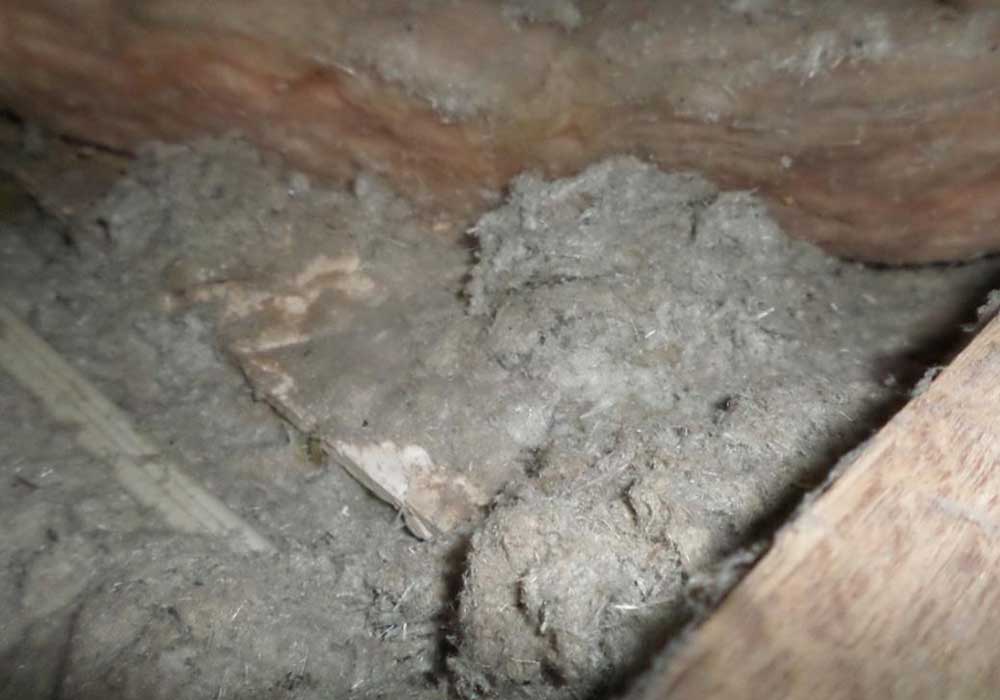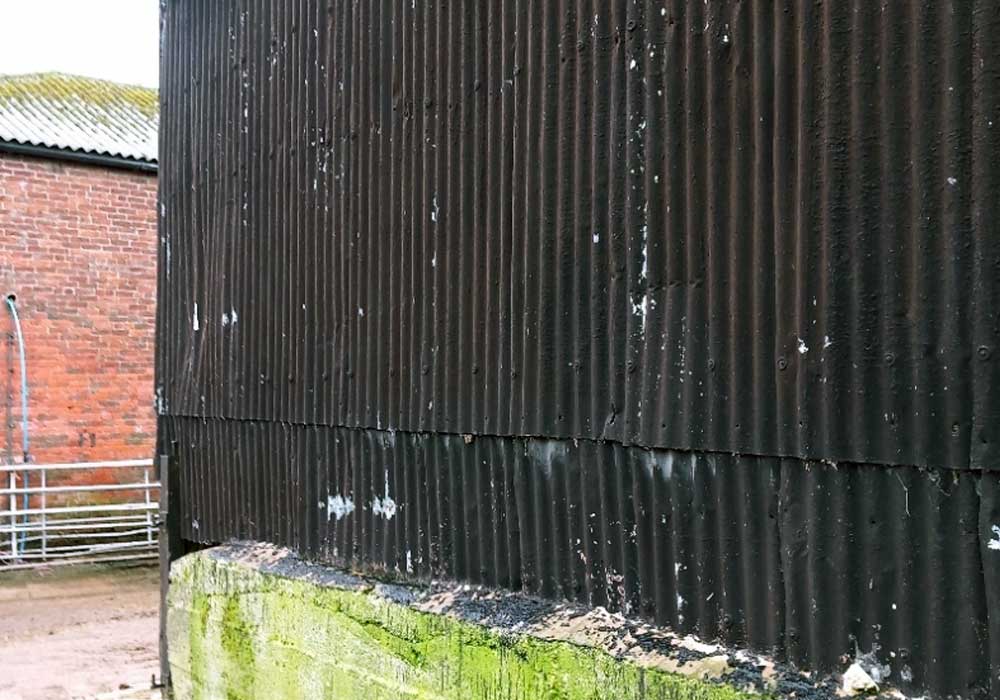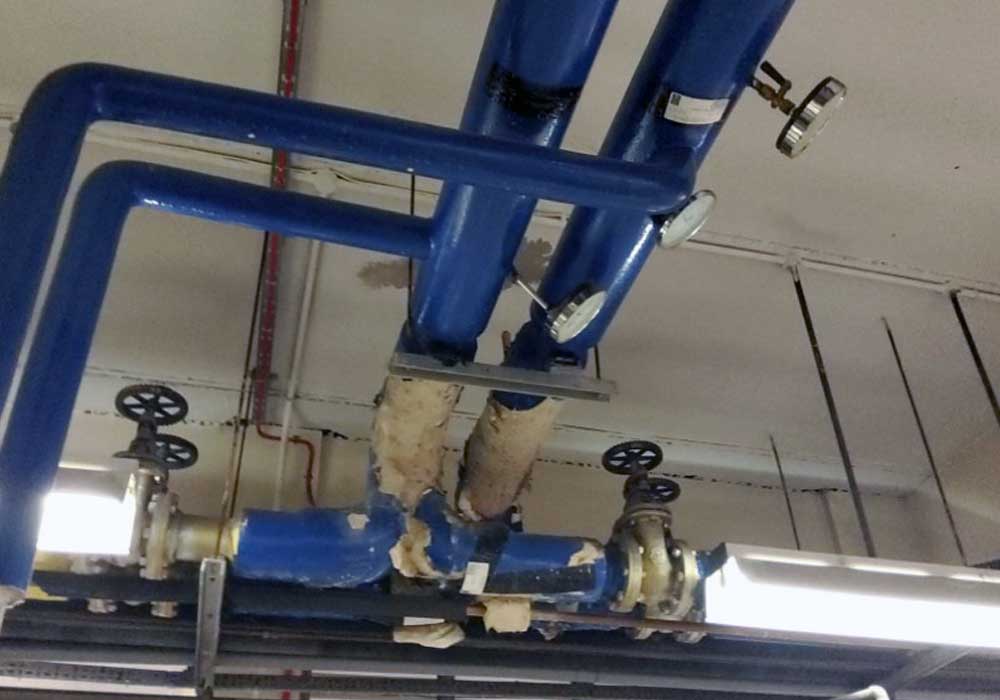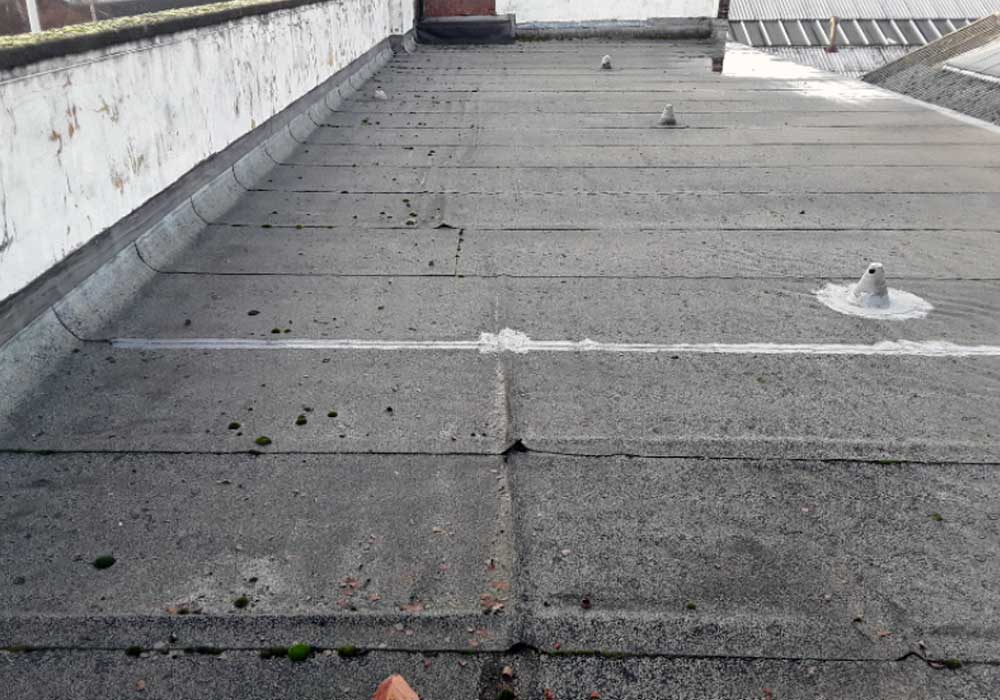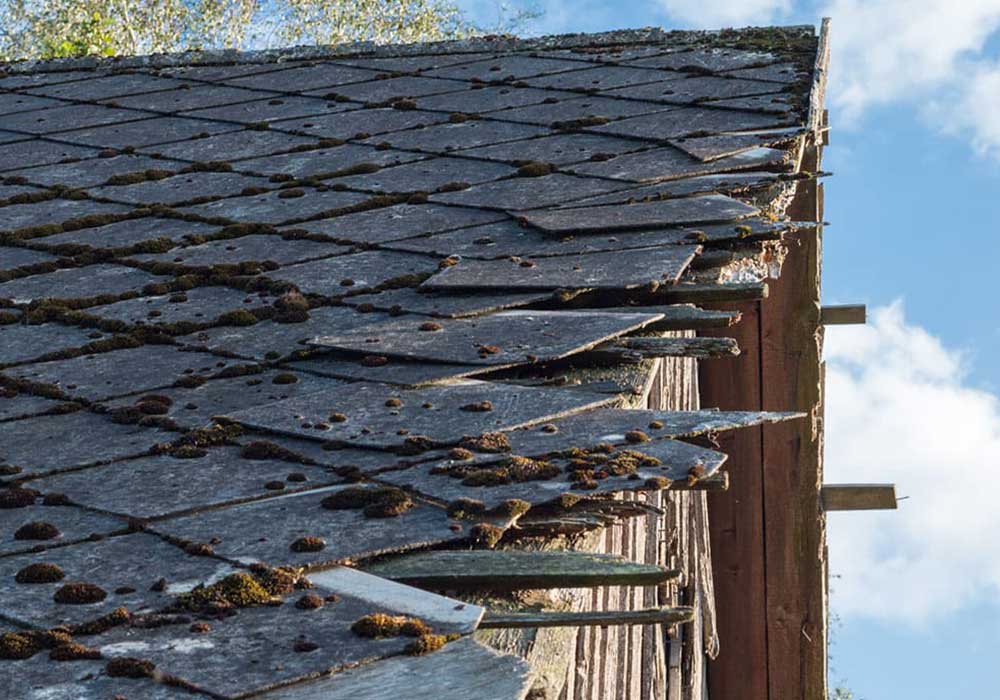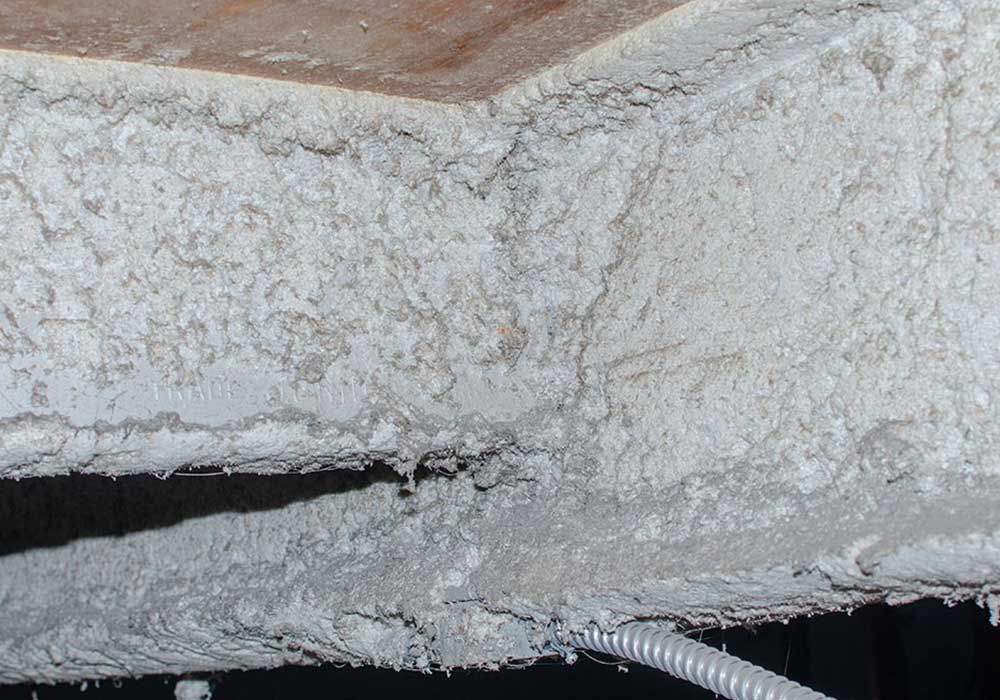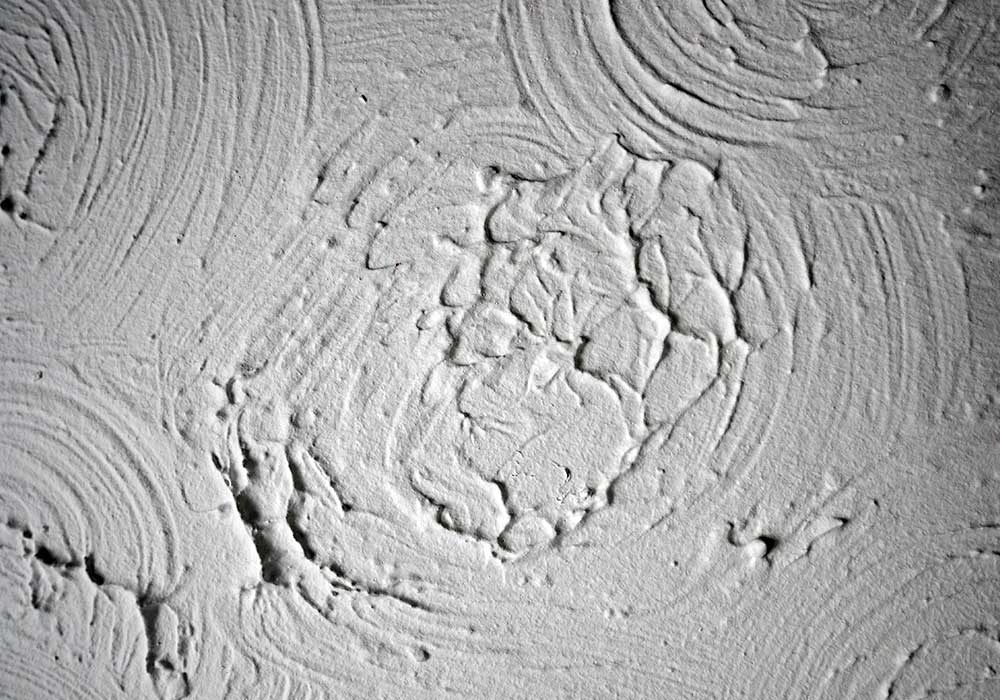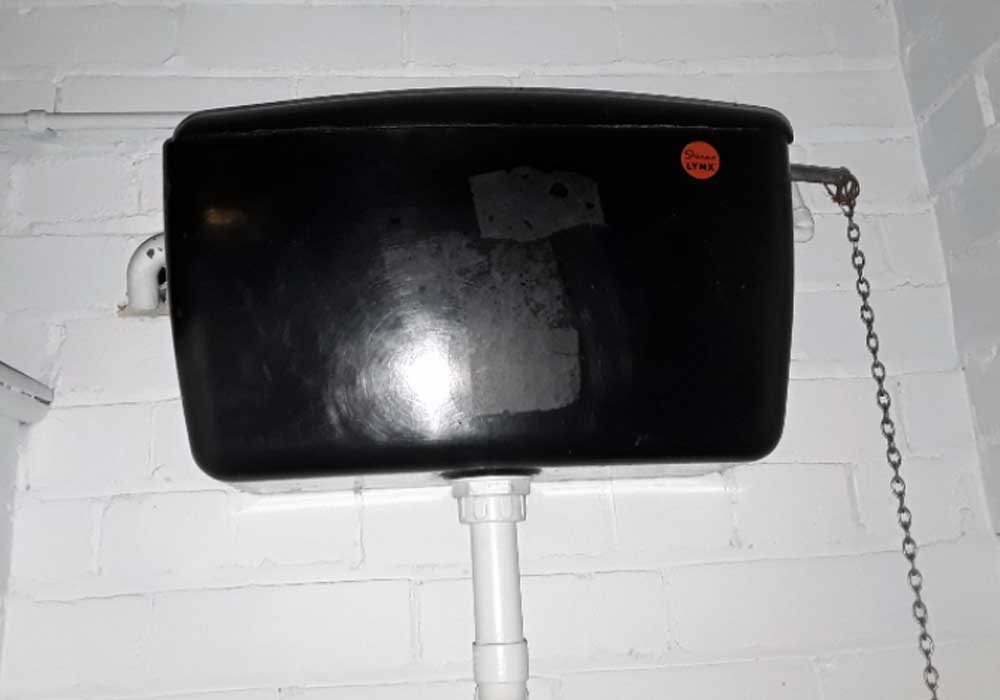Floor tiles
Asbestos-containing floor tiles, commonly referred to as asbestos floor tiles, were once a popular choice for flooring in homes and commercial buildings due to their durability and fire-resistant properties. However, they pose significant health risks due to the presence of asbestos fibres, which can become airborne when the tiles are damaged or disturbed.
These floor tiles typically consist of a mixture of asbestos fibres, binders, and fillers, which were compressed and formed into square or rectangular tiles. They were known for their strength and resistance to wear and tear, making them a preferred flooring option in the mid-20th century.
Here are some key characteristics and considerations related to asbestos-containing floor tiles:
- Appearance: Asbestos floor tiles often have a distinctive appearance. They are typically 9×9 inches or 12×12 inches in size and come in various colours and patterns, including solid colours and faux stone or woodgrain designs.
- Health Risks: The most significant concern with asbestos floor tiles is the potential release of asbestos fibres into the air. When these tiles become damaged, cracked, or undergo renovation, the disturbance can release asbestos dust, which, if inhaled, can lead to serious health issues, including lung cancer, mesothelioma, and asbestosis.
- Age: Asbestos-containing floor tiles were commonly installed in buildings constructed between the 1920s and 1980s. If you suspect your flooring may contain asbestos, it is crucial to take proper precautions, especially if you plan to remove or renovate it.
- Testing and Removal: To determine if your floor tiles contain asbestos, it’s advisable to hire a licensed asbestos professional who can conduct testing. If asbestos is present, removal should also be carried out by trained and certified asbestos removal contractors, like yourself, following strict safety guidelines and regulations.
- Safety Precautions: If you encounter damaged or deteriorating asbestos floor tiles, it’s essential to avoid disturbing them and take steps to prevent any potential asbestos exposure. This may include sealing or encapsulating the tiles to prevent fibre release or covering them with a new flooring material.
In summary, asbestos-containing floor tiles were once a common flooring choice prized for their durability but are now recognized as a significant health hazard due to the presence of asbestos.



